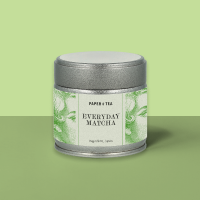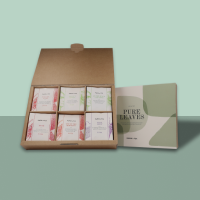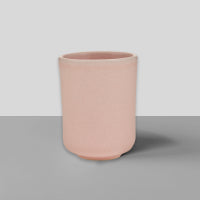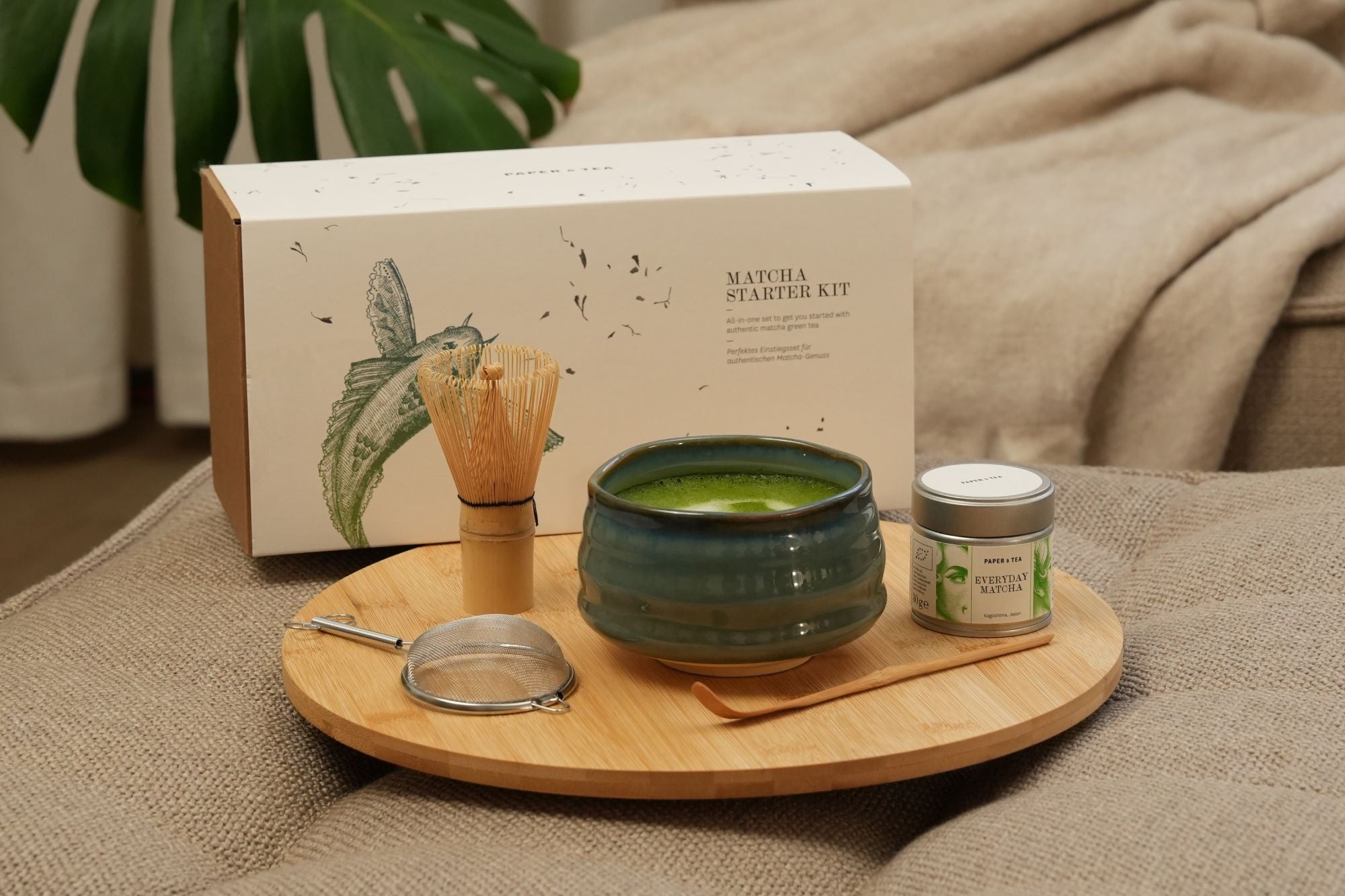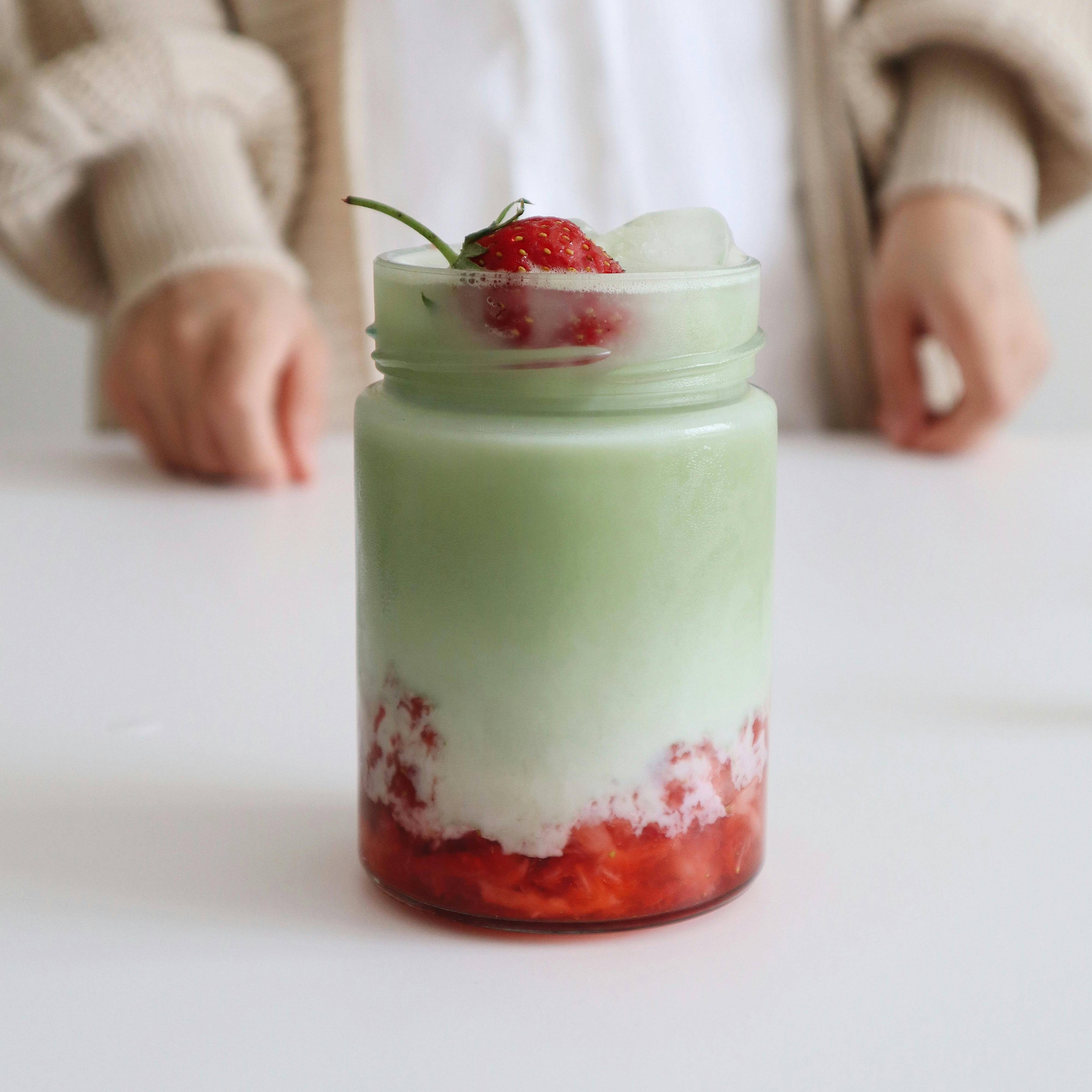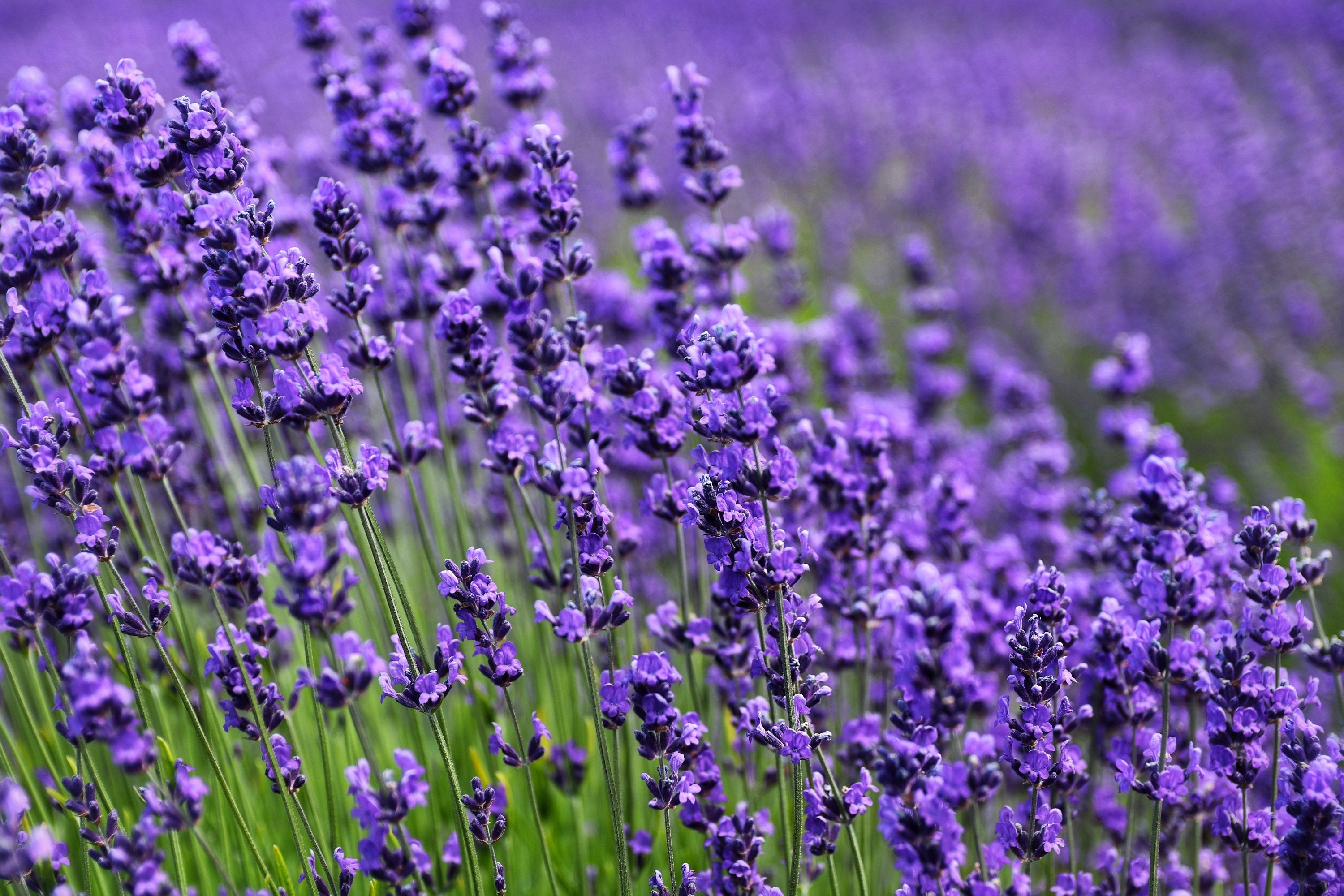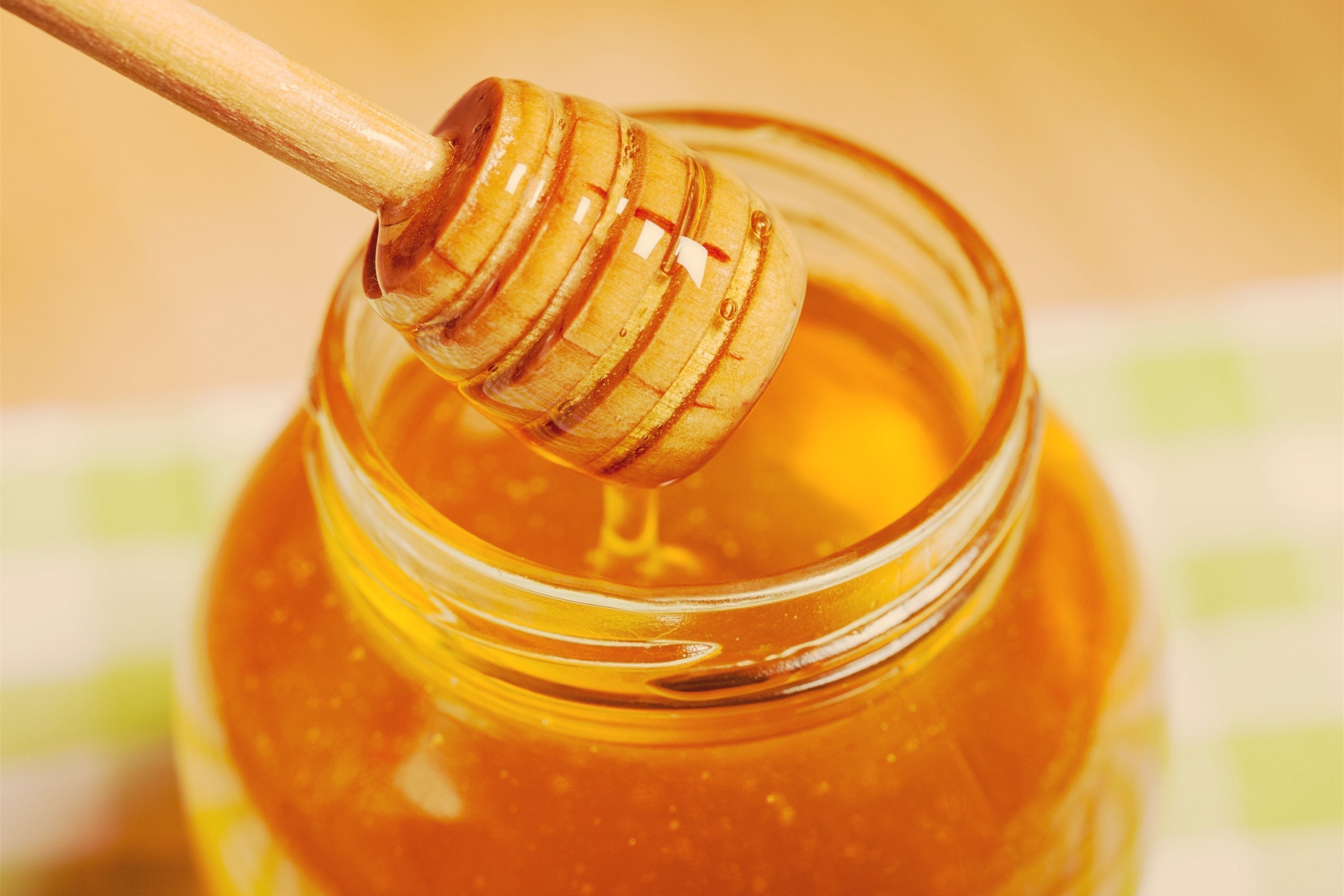Liquorice Root (Glycyrrhiza glabra) – The Sweet Root with a Rich History
Quick Facts: Liquorice Root
- Name: Liquorice Root (also known as Sweetroot)
- Scientific Name: Glycyrrhiza glabra
- Family: Fabaceae (Legume family)
- Origin: Native to Southern Europe, Asia, and the Middle East
- Uses: Widely used in the food industry and tea blends
- Appearance: Thick, brown roots with a sweet, aromatic scent
- Key Ingredients: Glycyrrhizin, Flavonoids, Saponins, Essential Oils
- Common Forms: Whole roots, powder, extracts
What is Liquorice Root?
Liquorice root is the root of the plant Glycyrrhiza glabra and belongs to the legume family. For centuries, it has been admired for its sweet and aromatic qualities, making it a popular addition to tea blends and other treats. The name "liquorice" is derived from its distinctively sweet flavour, which comes from the compound glycyrrhizin.
The Versatility of Liquorice Root
Liquorice Root Uses and Benefits: In modern culinary and tea culture, liquorice root holds a prominent place. Its natural sweetness makes it an excellent sugar alternative, and it’s often used in teas, candies and even in the pharmaceutical industry. The plant’s roots are particularly tough and provide not only a strong flavour but also a wealth of natural compounds, such as flavonoids and saponins.
Liquorice is available in various forms: From whole roots to powder and extracts. Over the centuries, it has established itself as a versatile natural product – whether in teas, as a sweetener, or in herbal remedies. Its sweet notes bring a roundness to many teas, adding a distinctive flavour that enhances the overall drinking experience.
The History and Cultivation of Liquorice Root
Origin and Growing Regions:Liquorice has a long and storied history. It was valued in ancient Greece and Rome for its beneficial properties. Today, it is primarily cultivated in Southern Europe, Asia, and the Middle East, thriving in dry, sunny climates with well-drained soil.
Historically: Liquorice was used not just in food but also as a medicinal plant. Over the centuries, it found its place in the medical field, particularly in cough lozenges, teas, and tinctures.
Fun Facts About Liquorice Root – Did You Know?
The Liquorice Twist: If you've ever enjoyed a liquorice sweet, you may have noticed the unique flavour that stands out from other candies. This distinctive taste is thanks to the natural sweetness of the liquorice root, which is 50 times sweeter than sugar! It’s no wonder that liquorice has been used in candies, teas and medicines for centuries.
Did You Know…?Liquorice is not only cherished for its sweet flavour but has also played an important role in folk medicine in many cultures. In modern tea culture, liquorice root remains primarily an aromatic highlight in herbal teas.
Liquorice Root in Tea Preparation:Liquorice root adds a mild sweetness to tea without the need for additional sugars. It’s not just a flavouring agent but an essential ingredient in many herbal tea blends, rounding off the taste and adding depth. Whether used as a natural sweetener or as part of a more complex blend, liquorice root enhances the overall tea-drinking experience, bringing both flavour and history into your cup.

